Prisons are simply not prepared for extreme heat
Inmates are at severe risk of heat-related illness

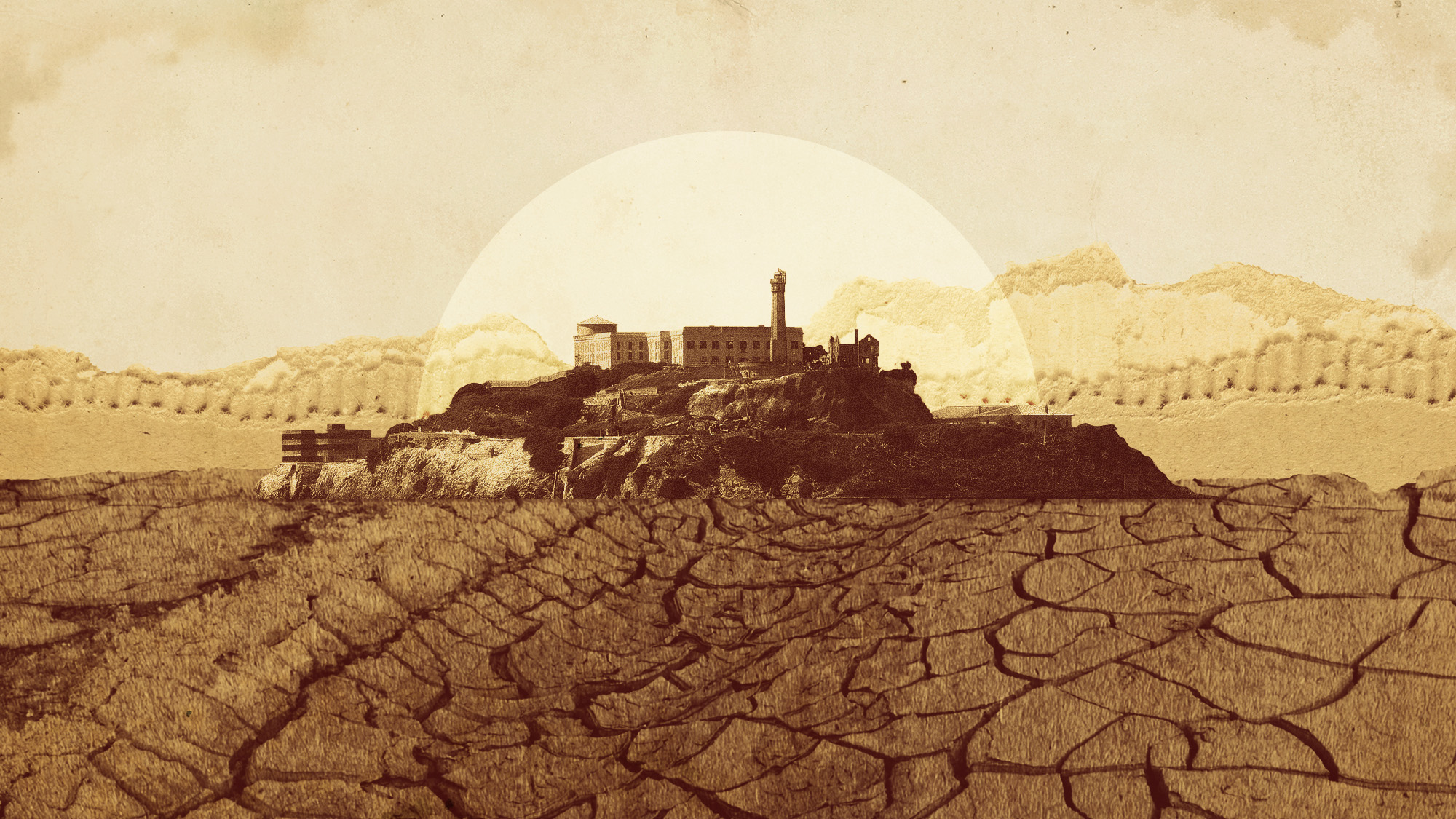
Summer is a time for extreme heat, and climate change is only raising temperatures. Spending extended periods of time in high temperatures can cause negative health outcomes and in some cases death. Prisoners in the American carceral system have been some of the biggest victims of heat-related illness, with many prisons lacking the equipment and infrastructure to keep its inhabitants cool.
Cell block heat stroke
A 2023 report by the California Department of Corrections and Rehabilitation (CDCR) found that many prisons within the state lack important equipment to combat heat, including "central air conditioning, updated ventilation, shade structures or backup generators to power fans and other cooling devices during outages," said the Los Angeles Times. Temperatures have been steadily rising, reaching over 100 degrees Fahrenheit on some days.
California is not the only state with overheated prisoners. Inmates in Texas have complained of being "cooked to death" amid high temperatures, said The Texas Tribune. There was "exposure to potentially hazardous heat for 4,078 continental U.S. carceral facilities during 1982–2020," a study published in the journal Nature Sustainability said, and "state-run carceral facilities in Texas and Florida accounted for 52% of total exposure, despite holding 12% of all incarcerated people."
The Week
Escape your echo chamber. Get the facts behind the news, plus analysis from multiple perspectives.

Sign up for The Week's Free Newsletters
From our morning news briefing to a weekly Good News Newsletter, get the best of The Week delivered directly to your inbox.
From our morning news briefing to a weekly Good News Newsletter, get the best of The Week delivered directly to your inbox.
While heat is a substantial threat, it is not the only risk. "No one can outrun a wildfire, out-swim a flood or escape a heat wave — least of all if you're inside a prison," Guadalupe Gutierrez, one of the authors of the CDCR report, said to the Los Angeles Times. "As these climate hazards become more common in these areas, it's important that the system has a plan or strategies in place to make sure that these folks are safe." Along with inmates, tens of thousands of people are employed at prisons. They are also at risk for heat-related illness and death.
An ignored minority
Historically, incarcerated people, who are disproportionately racial minorities that include Black, Latino and Indigenous people, have largely been ignored by governments. Many prisons also do not have established plans for when natural disasters strike. "While states or counties may have standard practices, there is no national mandate to develop emergency plans, which leaves decisions about preparation and evacuation to corrections departments, sheriff's offices and other local officials," said USA Today. As a result, "people in jails and prisons can be left without clean drinking water, food, medication, functioning toilets and air conditioning for days after a storm," leading to disease and even deaths.
Extreme heat is no different. In June 2024, the California Occupational Safety and Health Administration approved new heat regulations for indoor workers requiring employers to provide cooling areas and monitor workers for signs of heat illness when indoor temperatures reach or exceed 82 degrees. The plan specifically excludes inmates largely because of the cost to fit prisons with cooling equipment. "People who are incarcerated do not have freedom of movement — they can't move to a colder location," said Abhilasha Bhola, a CDCR report co-author.
"What is truly infuriating is the failure to acknowledge that everyone in the system … [is] at direct risk of being impacted by something that has a simple solution that has been around since the 1930s, and that is air conditioning," Texas attorney Jeff Edwards said to reporters.
A free daily email with the biggest news stories of the day – and the best features from TheWeek.com
Devika Rao has worked as a staff writer at The Week since 2022, covering science, the environment, climate and business. She previously worked as a policy associate for a nonprofit organization advocating for environmental action from a business perspective.
-
 Metaverse: Zuckerberg quits his virtual obsession
Metaverse: Zuckerberg quits his virtual obsessionFeature The tech mogul’s vision for virtual worlds inhabited by millions of users was clearly a flop
-
 Frank Gehry: the architect who made buildings flow like water
Frank Gehry: the architect who made buildings flow like waterFeature The revered building master died at the age of 96
-
 Is MAGA melting down?
Is MAGA melting down?Today's Big Question Candace Owens, Tucker Carlson, Laura Loomer and more are feuding
-
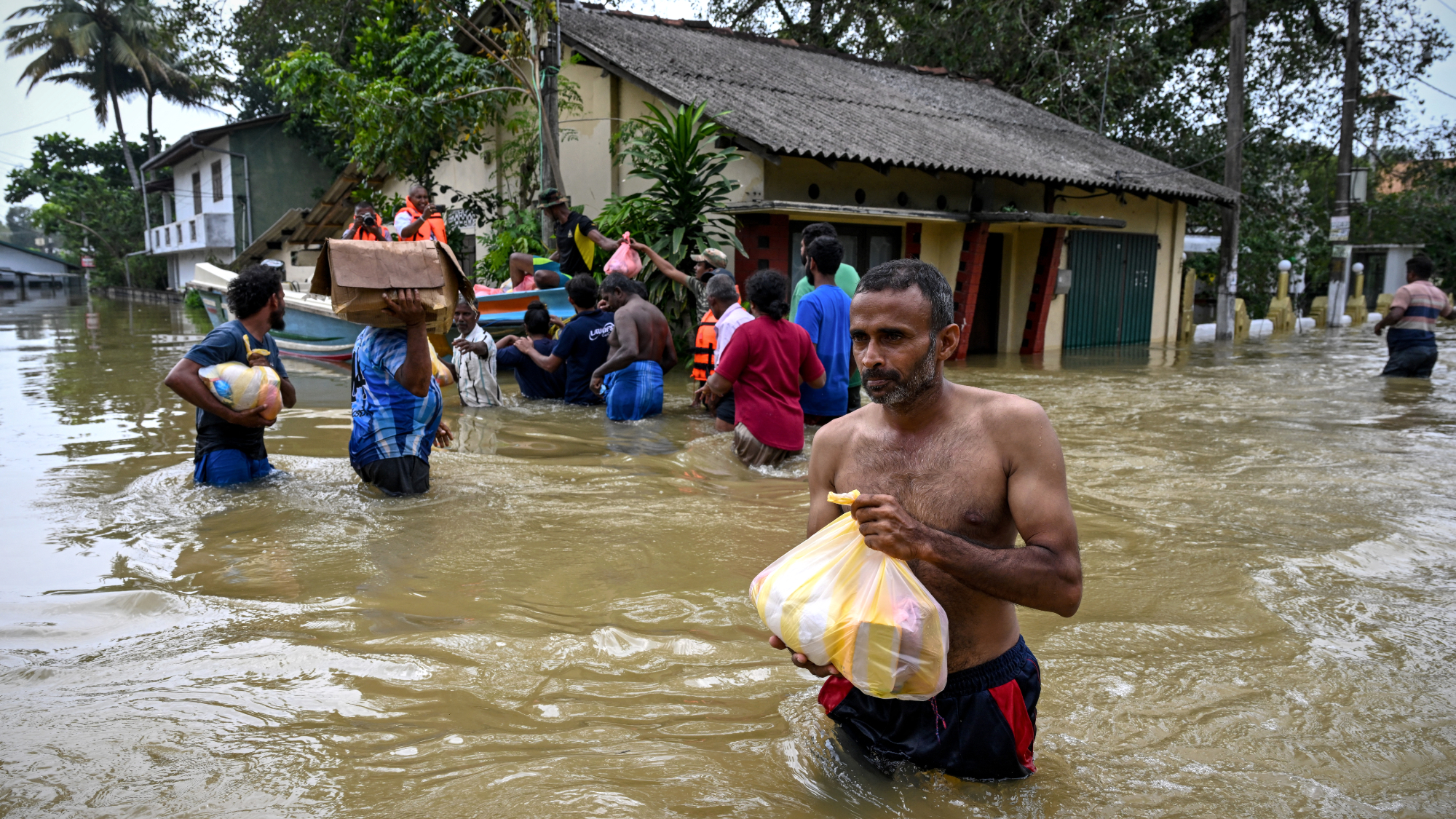 Death toll from Southeast Asia storms tops 1,000
Death toll from Southeast Asia storms tops 1,000speed read Catastrophic floods and landslides have struck Sri Lanka, Indonesia, Thailand and Malaysia
-
 Can for-profit geoengineering put a pause on climate change?
Can for-profit geoengineering put a pause on climate change?In the Spotlight Stardust Solutions wants to dim the sun. Scientists are worried.
-
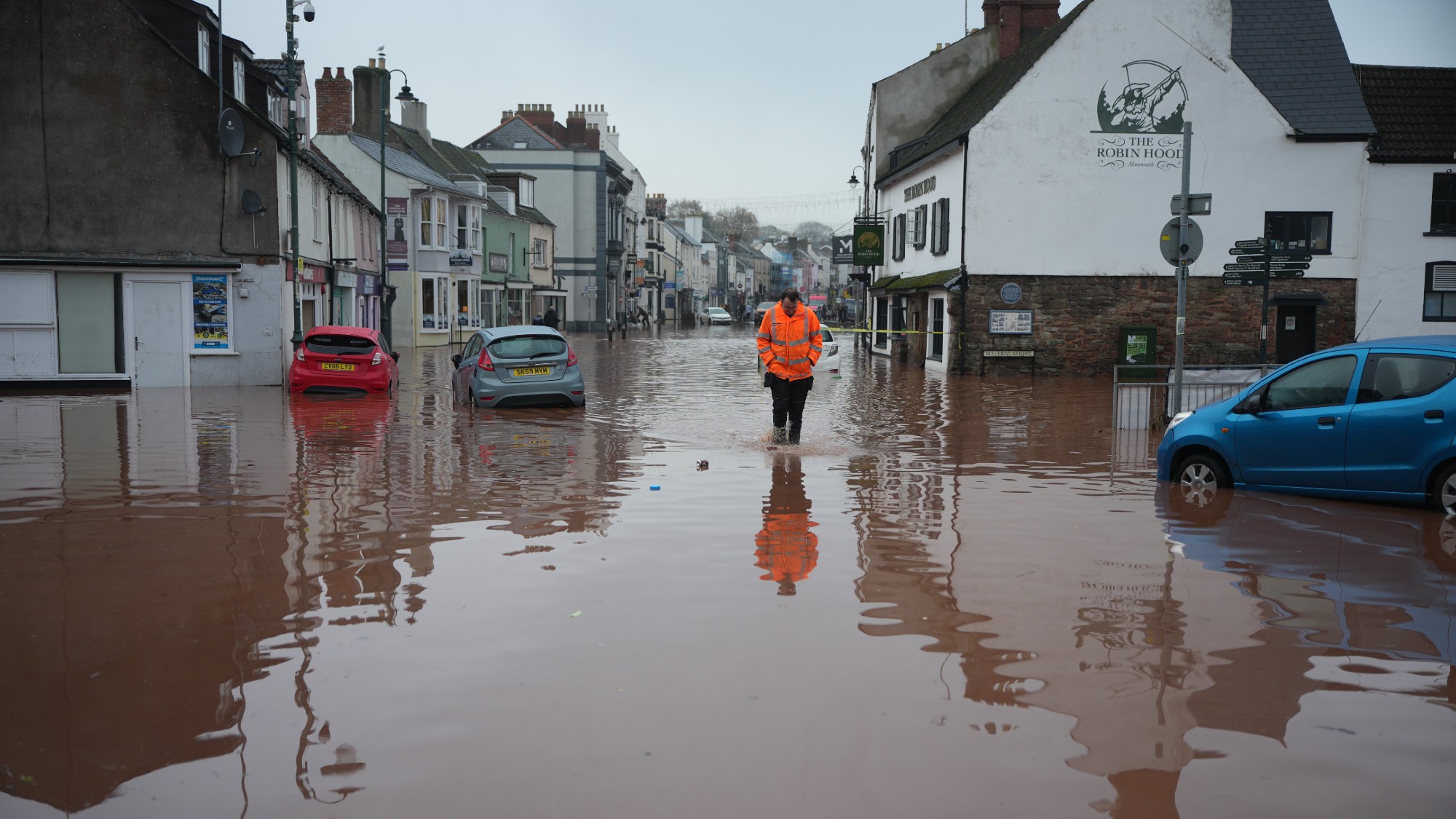 How will climate change affect the UK?
How will climate change affect the UK?The Explainer Met Office projections show the UK getting substantially warmer and wetter – with more extreme weather events
-
 Can the UK do more on climate change?
Can the UK do more on climate change?Today's Big Question Labour has shown leadership in the face of fraying international consensus, but must show the public their green mission is ‘a net benefit, not a net cost’
-
 Did Cop30 fulfil its promise to Indigenous Brazilians?
Did Cop30 fulfil its promise to Indigenous Brazilians?Today’s Big Question Brazilian president approves 10 new protected territories, following ‘unprecedented’ Indigenous presence at conference, both as delegates and protesters
-
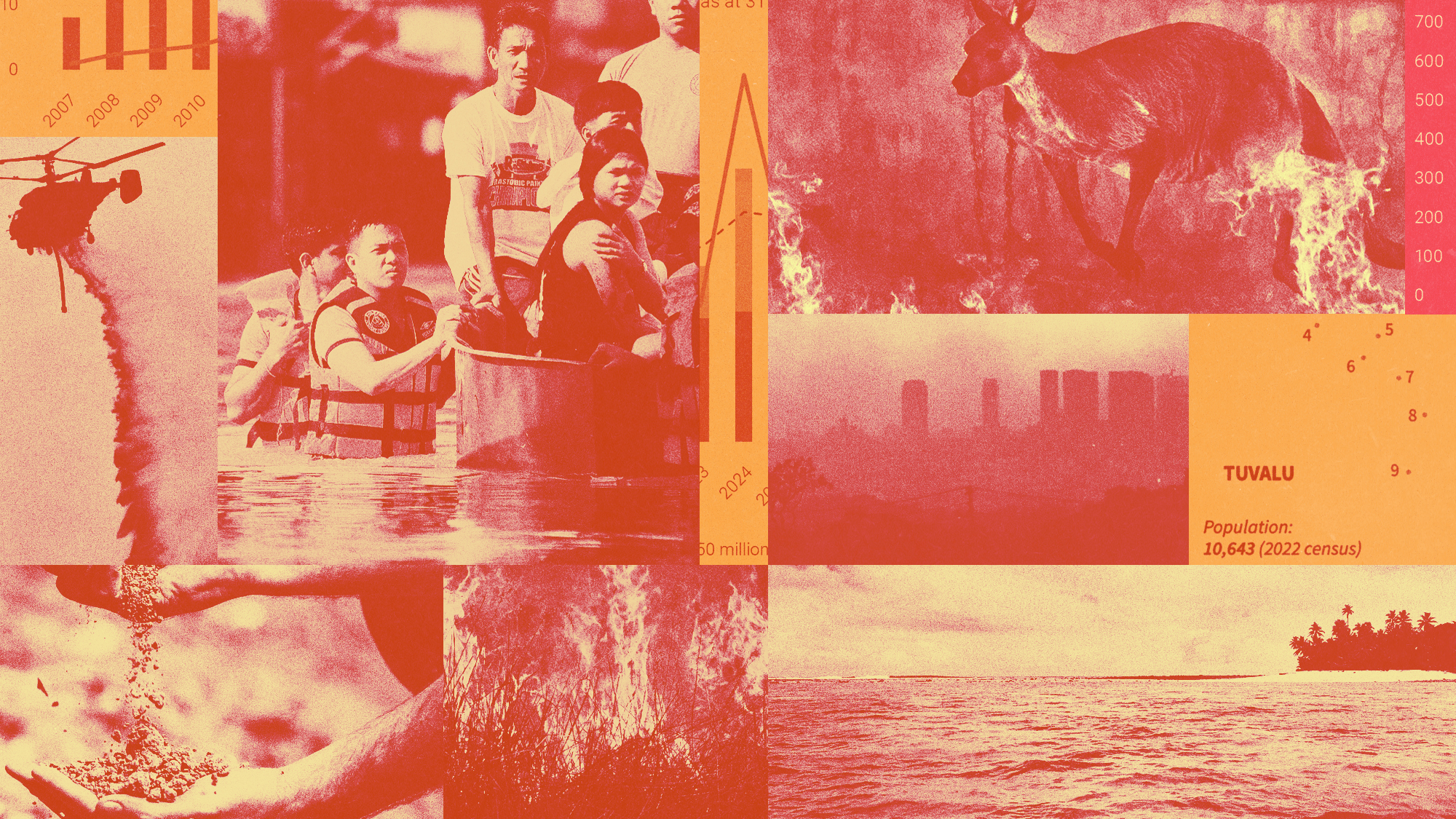 Can the world adapt to climate change?
Can the world adapt to climate change?Today's Big Question As the world gets hotter, COP30 leaders consider resilience efforts
-
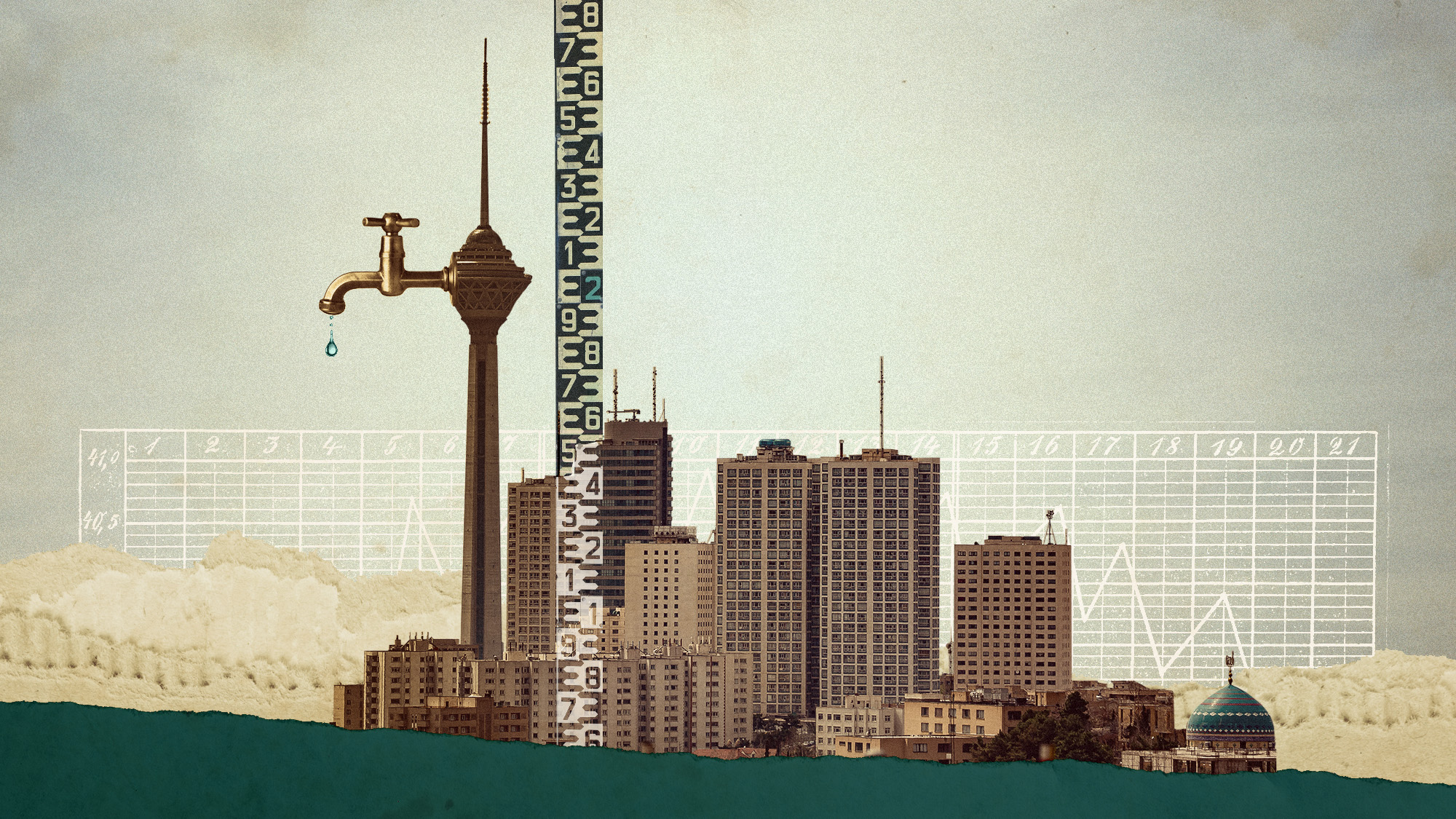 Taps could run dry in drought-stricken Tehran
Taps could run dry in drought-stricken TehranUnder the Radar President warns that unless rationing eases water crisis, citizens may have to evacuate the capital
-
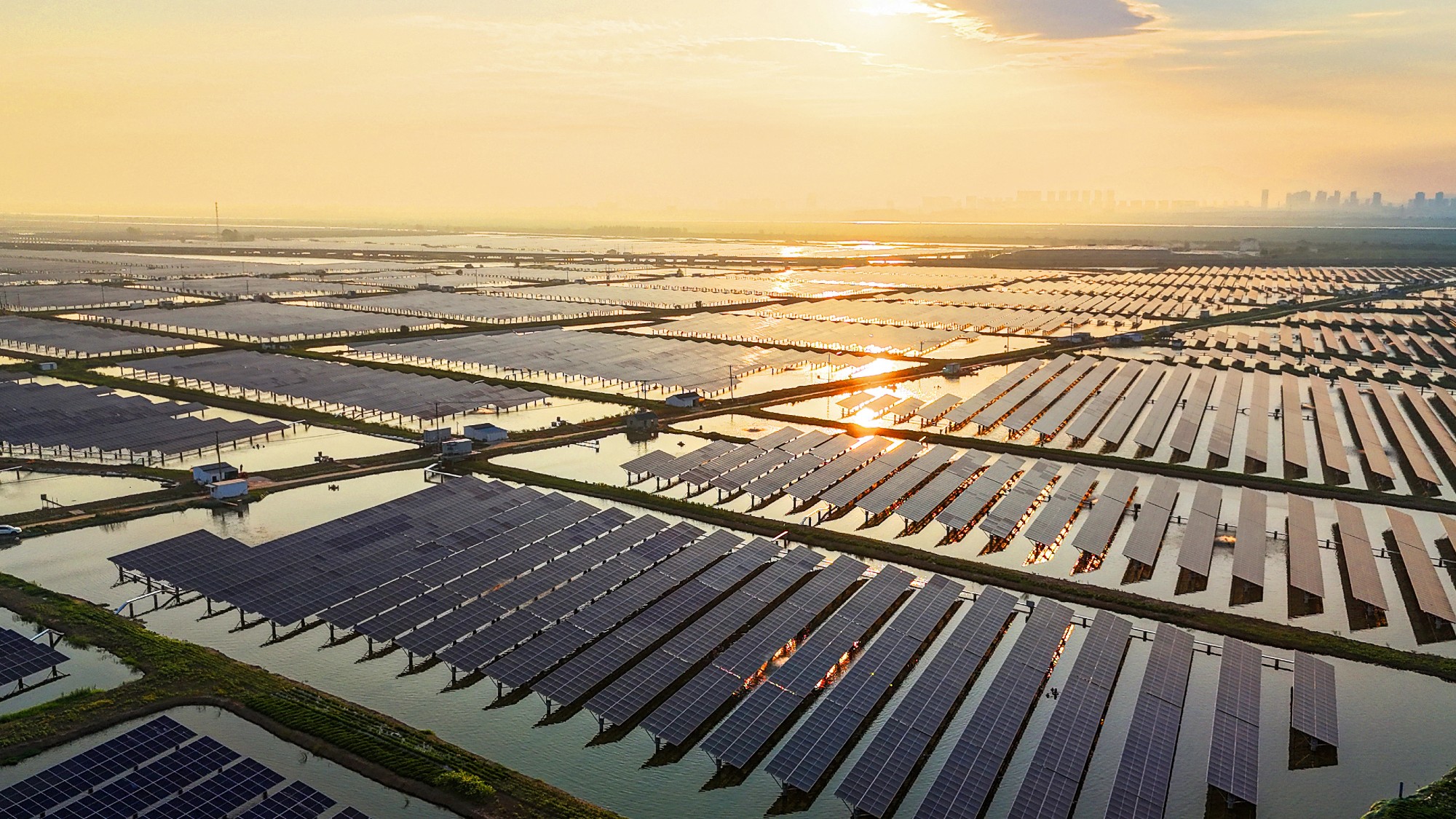 The future of the Paris Agreement
The future of the Paris AgreementThe Explainer UN secretary general warns it is ‘inevitable’ the world will overshoot 1.5C target, but there is still time to change course
